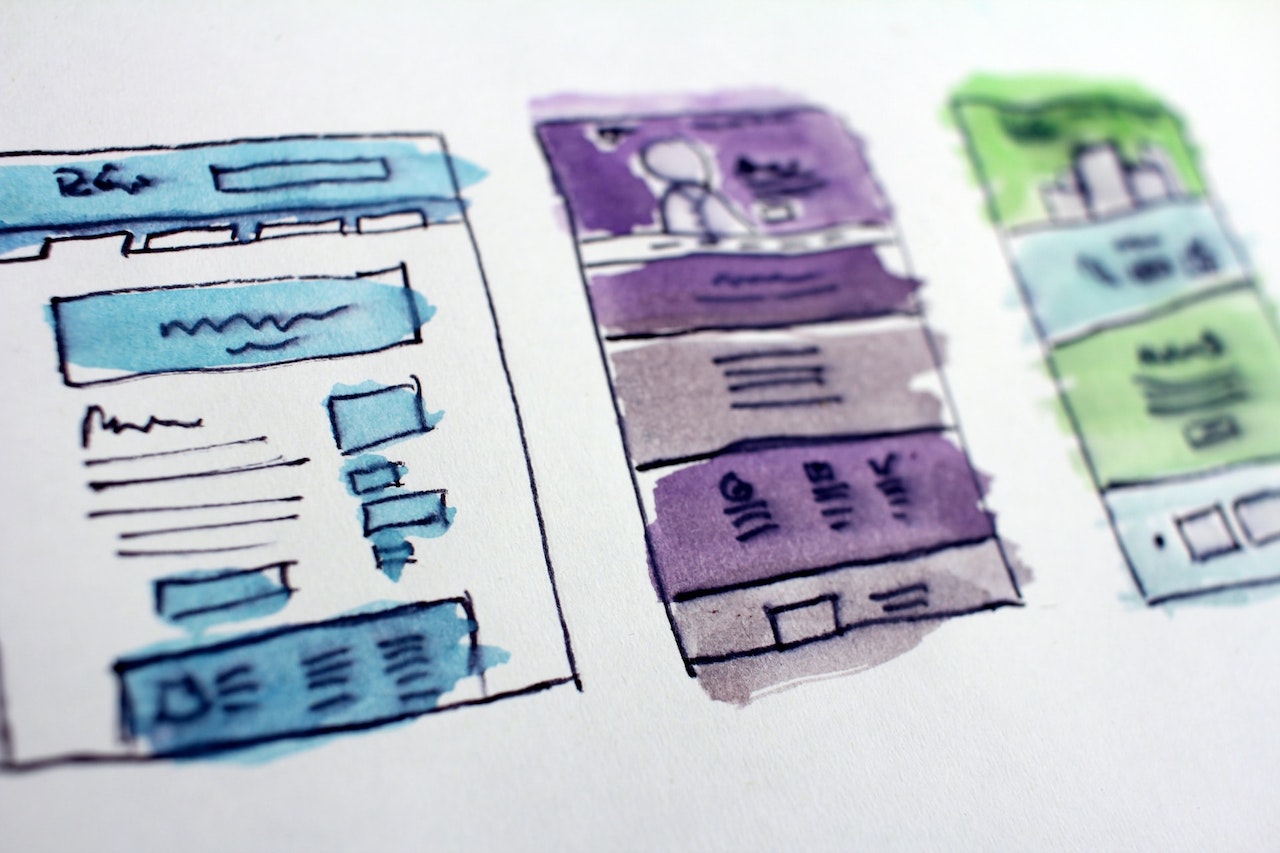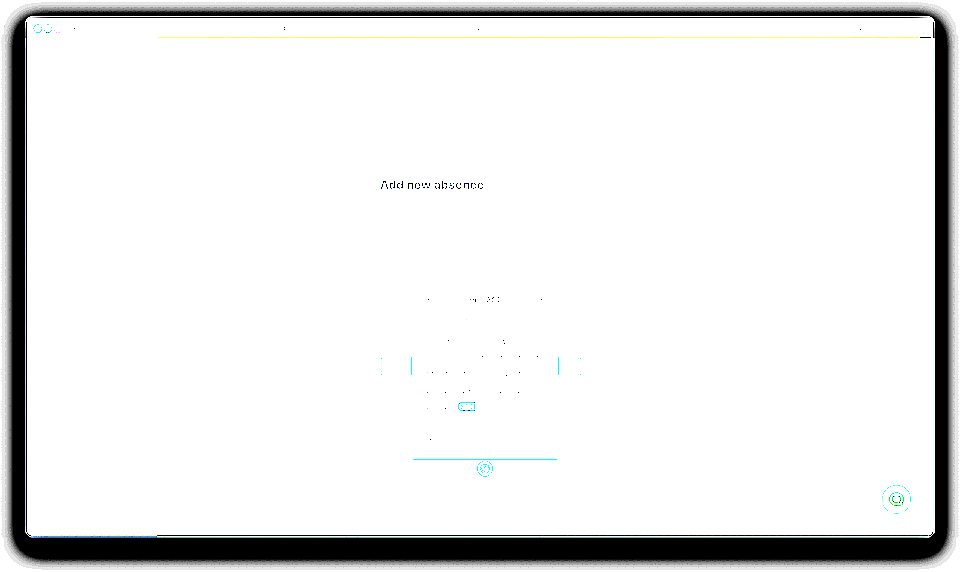Photo by HalGatewood.com on Unsplash

Learning from Your Customers
Posted by Robin on 11 May, 2021 in Leavetrack Update
Over the weekend I shipped an update to the way in which absence requests are made in Leavetrack.
Prior to the update, the flow for making a request was your usual web-based software-as-a-service flow:
Prior to the update, the flow for making a request was your usual web-based software-as-a-service flow:
- Click a link which take you to a new page
- The page displays a calendar and form. You can click the calendar and it fills in the date boxes on the form for when the leave starts and when the leave ends
- Click the submit button, there's a small pause and you are sent back to the dashboard.
All worked fine but to be honest, it didn't look great and wasn't the best customer experience so I took up a reworking of it.
The output of this is a leave request form in a modal with a redesigned date picker. The process to request leave is the same but it can be done in about 10 seconds rather than say the old 30 seconds.

I was really pleased with this. It uses AJAX to make the request and there's a neat animation when the request goes through where the form flies out the top of the screen.
I shipped it on Sunday night. I couldn't believe what happened on Monday.
I use LogRocket to record user sessions for a couple of reasons:
- It integrates with Sentry which I use for exception monitoring and when a user experiences an error, I can view the recording of what they were doing in LogRocket.
- It also integrates with Wootric which I use for NPS assessments.
I watched as a user spent three minutes trying to book leave using my Amazing New Form.
They were trying to use the date picker in ways in which I hadn't envisaged. I realised I made the classic mistake of assuming that because I knew how it should be used, everyone else would use it in the same way.
Booking some time off should take 10 seconds and this poor customer had spent three minutes and come away without having done so at all. And they weren't the only one.
Checkout my YouTube video where I talk through what was wrong and how I planned to fix it.
So I went back to the drawing board and you can see the output above.
I learnt one hard lesson: Design for all scenarios you can think of and then be prepared to design for some more.
